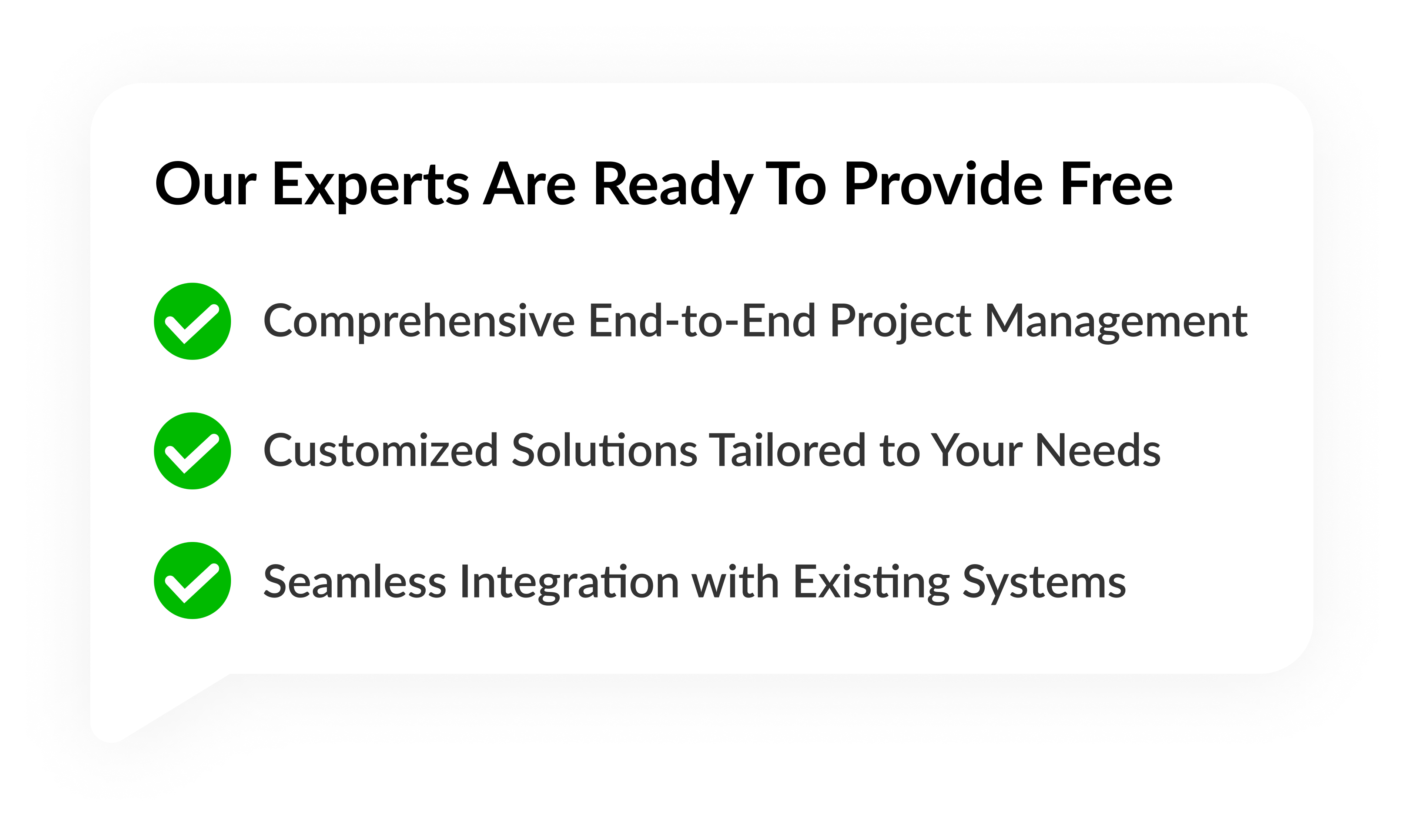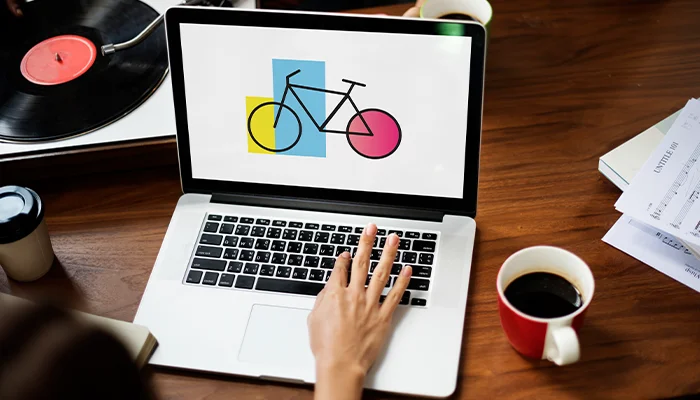
Measuring the ROI of Design in Your Startup
January 06,
11:30 AM
As a startup, you face many challenges in growing your business. One key area that can greatly impact your success is design. Whether it’s your website, mobile app, or branding materials, design is often the first thing potential customers notice. It can set you apart from competitors and build trust with your audience. But, how do you measure the return on investment (ROI) of design in your startup? This blog will explain how to calculate ROI, why design is a valuable investment, and how you can track its success.
Why Design Matters for Your Startup
Before diving into how to measure the ROI of design, it’s important to understand why design is so crucial for your startup. Here are some key reasons:
First Impressions Matter
Your design is often the first thing customers see. If your design looks outdated or unprofessional, potential customers might not trust your business. A well-designed website or product can instantly make your startup seem more credible.
Improves User Experience (UX)
Great design is all about making things easier for your users. A seamless user experience can lead to higher engagement, more conversions, and loyal customers. This is why good design is often linked to higher sales.
Differentiation from Competitors
In a crowded market, design is one of the easiest ways to stand out. A unique, user-friendly design can make your product or service more attractive than your competitors’.
Brand Recognition
Strong design helps create a memorable brand. If your startup has a consistent and appealing design, people are more likely to recognize your business when they come across your product or service again.
Now that we’ve covered why design is important, let’s explore how to measure its ROI.
What Is ROI of Design?
ROI refers to the amount of value you get back compared to what you invest. In the context of design, it means evaluating the impact that your design investments have on the overall success of your startup. The goal is to understand how design contributes to revenue generation, customer retention, and brand growth.
Design ROI can be challenging to measure directly, especially since design impacts various aspects of your business. However, there are ways to track its effectiveness and quantify its value.
Key Metrics for Measuring ROI of Design
To measure the ROI of design, you need to track certain metrics. Here are some key performance indicators (KPIs) that can help you evaluate how design is affecting your startup:
1. Conversion Rates
Conversion rate measures how many users take the desired action, such as signing up for your service, purchasing a product, or filling out a contact form. A well-designed website or app can increase your conversion rates by making the user experience smoother and more intuitive.
How to measure it: Use tools like Google Analytics to track how many visitors complete the desired actions on your website. Compare conversion rates before and after a design overhaul to see if there’s an improvement.
2. Customer Retention Rates
A great design doesn’t just attract new customers; it also helps keep them. If your product or service is easy to use and visually appealing, customers are more likely to stay loyal to your brand.
How to measure it: Track how many customers continue to use your product or service over time. You can measure this through user sign-ins, repeat purchases, or customer lifetime value (CLV).
3. Bounce Rate
The bounce rate tells you how many visitors leave your site after viewing just one page. A high bounce rate can suggest that your website’s design is not engaging enough. A well-designed site can lower the bounce rate by keeping users interested and encouraging them to explore more pages.
How to measure it: Monitor your bounce rate in Google Analytics. A decrease in bounce rate after a design update is a good indicator that the new design is more engaging.
4. Customer Satisfaction
Happy customers are more likely to stay loyal and recommend your business. A positive user experience (UX) is closely tied to design. If your design is intuitive and user-friendly, customers are more likely to enjoy using your product or service.
How to measure it: Use customer satisfaction surveys, reviews, or Net Promoter Score (NPS) to assess how satisfied your users are with your design.
5. Revenue Growth
Ultimately, the most important ROI metric is revenue. Good design should help increase sales, either directly through e-commerce or indirectly by improving brand recognition and trust.
How to measure it: Track your revenue before and after implementing design changes. If revenue increases after a design update, it’s likely that the design had a positive impact on your bottom line.
How to Measure ROI of Design in Your Startup
Now that we’ve covered the key metrics, let’s look at how to measure the ROI of design in a more systematic way. Here’s a simple approach:
1. Set Clear Goals
Before starting any design project, define what you want to achieve. Are you aiming to increase conversion rates, improve user satisfaction, or boost brand awareness? Setting clear goals will help you track whether your design efforts are paying off.
2. Track Performance Pre- and Post-Design
Track the relevant metrics (conversion rates, bounce rate, customer retention, etc.) before making any design changes. Once the new design is live, continue tracking these metrics to see how they change over time. Comparing pre- and post-design performance will give you a clear picture of how the design impacts your startup’s success.
3. Use Analytics Tools
Analytics tools are crucial for tracking key metrics. Google Analytics, Hotjar, and Mixpanel are all great options for monitoring user behavior, tracking conversions, and measuring customer satisfaction.
4. Calculate the Financial Impact
To determine ROI, you need to know how much the design investment costs and how much revenue it generates. You can calculate ROI using this simple formula:
ROI=Revenue from DesignCost of Design Investment×100\text{ROI} = \frac{\text{Revenue from Design}}{\text{Cost of Design Investment}} \times 100ROI=Cost of Design InvestmentRevenue from Design×100
For example, if you spent $5,000 on design and it led to an increase of $20,000 in revenue, your ROI would be:
ROI=20,0005,000×100=400%\text{ROI} = \frac{20,000}{5,000} \times 100 = 400\%ROI=5,00020,000×100=400%
This means for every dollar you spent on design, you earned four dollars in return.
5. Consider Intangible Benefits
While some design benefits are tangible (like increased sales), others are harder to measure. For example, a well-designed website or logo can help build trust and improve your brand’s reputation. While it’s difficult to put a dollar value on trust, it’s still an important factor in long-term business success.
Tips for Improving the ROI of Design
If you’re looking to improve the ROI of your design, here are a few tips:
1. Focus on User-Centered Design
Make sure your design meets the needs of your users. Conduct user testing to understand what works and what doesn’t.
2. Keep It Simple
Sometimes, less is more. A clean, simple design that’s easy to navigate will often outperform a cluttered, complicated design.
3. Optimize for Mobile
With many users accessing websites and apps on mobile devices, ensure your design is mobile-friendly. A responsive design can improve the user experience and increase conversions.
4. Use A/B Testing
A/B testing allows you to test different design elements to see what works best. By testing small changes, you can make data-driven decisions about what design features boost ROI.
Conclusion
Design is not just about making things look pretty; it’s about creating a better experience for your users and driving business growth. Measuring the ROI of design can be challenging, but by tracking key metrics like conversion rates, customer satisfaction, and revenue growth, you can get a clear picture of how design impacts your startup’s success. By continuously optimizing your design, you can ensure a high return on your investment and take your startup to new heights.




Blockchain Solution
Launching
- Market Research & Analysis
- Strategic Planning
- Branding
- Content Creation
- Social Media Marketing
- Analytics and Reporting
Testing
- Unit Testing
- Integration Testing
- Smoke Testing
- Security Testing
- Recovery Testing
- System Testing
- Regression Testing
- Performance and Load Testing
- UAT User Acceptance Testing
Maintenance
- Security Updates
- Performance Optimization
- Database Management
- Monitoring & Reporting End-of-Life Planning
Contact US!
India

Plot No- 309-310, Phase IV, Udyog Vihar, Sector 18, Gurugram, Haryana 122022
Singapore

10 Anson Road, #33-01, International Plaza, Singapore, Singapore 079903
Copyright © 2024 PerfectionGeeks Technologies | All Rights Reserved | Policy
Contact US!
India 
Plot 378-379, Udyog Vihar Phase 4 Rd, near nokia building, Electronic City, Sector 19, Gurugram, Haryana 122015
Singapore 
10 Anson Road, #33-01, International Plaza, Singapore, Singapore 079903
Copyright © 2024 PerfectionGeeks Technologies | All Rights Reserved | Policy








